More than just another model, the launch of Hyundai's sporty i30 SR hatch marks the next step in the evolution of the once unfashionable brand. Now sitting fourth in the Australian market, the “warm” rather than hot version of its best-selling model follows the Veloster SR Turbo and will itself soon be joined by an SR version of the smaller Accent.
More sporty models could follow including a more powerful turbocharged version of the i30, in a drive to generate some much-needed excitement for the brand. In fact, the SR project is something of a test case that could have international implications if the idea takes off.
VALUE
The manual i30 SR is priced from $27,990 and the auto from $30,190 before on road costs, the latter the same price as the luxury Premium model. Apart from the absence of a sunroof, heated front seats and an electric parking brake, the equipment list reads pretty much the same as Premium and includes a 7-inch satnav system.
SR comes standard with 17-inch alloys, sports grille, a rear diffuser, xenon headlights, LED tail lights and SR badges. Inside there's metal-faced pedals, leather/leatherette upholstery, power adjust driver's seat and an auto dimming mirror. It comes in a choice of four colours, of which “Hyper” silver is exclusive to the model. A panoramic glass sunroof is a $2000 option.
TECHNOLOGY
Based on the five-door shell, in terms of power and performance it sits halfway between the standard car and the funky Veloster Turbo. The SR gets Hyundai's 2.0-litre direct injection engine with 129kW of power and 209Nm of torque, up from 110kW and 178Nm in the 1.8-litre i30.
It's the same engine that powers sister Kia's top of the line Cerato and propels the manual from 0-100km/h in 7.7 secs and the auto in 8.6 secs. Combined fuel consumption for the manual is 7.2 litres/100km, while the six-speed automatic returns 7.5 litres/100km. In comparison, the 1.8 is good for 6.5/6.9 litres/100km.
Hyundai reveals it has petitioned head office for an even quicker i30 with the Veloster SR Turbo's 1.6 litre turbo engine, but the problem could be supply, as it's having trouble keeping up with demand for the turbocharged engine in the Veloster.
DESIGN
The look is understated, perhaps too understated. Aussies love their sports machines and as such they can never be too loud nor too colourful. The wheels are different, but no larger and although the front grille has been changed and a rear diffuser added, but no body kit.
We can only hope they are holding back these goodies for a full-blown turbocharged version down the track? Plenty of work has gone into tuning the ride and handling however, with re-valved dampers and unique front springs. Developed locally for Australian conditions, the SR's sports suspension is designed to deliver sharp, responsive turn-in and improved handling while retaining the i30's supple, rounded ride qualities.
SAFETY
Five stars -- same as the rest of the i30 lineup. Safety features include seven airbags including a driver's knee bag, Vehicle Stability Management (VSM), Electronic Stability Control (ESC), Traction Control System (TCS), and ABS with EBD and Brake Assist System (BAS). There's also a rear view camera.
DRIVING
Sports model or not, it's the i30 you want if you're after an i30. With around 20 per cent more power and torque than the standard 1.8, with only penalty to pay in increased fuel consumption it's a no brainer really. Hyundai has done a great job tuning the ride and handling, with the help of consultant and one time rally champ David Potter. The ride is refined and remains composed, even on choppy back roads and should be adopted across the range.
Both the auto and manual are fun to drive, the auto unexpectedly so but the lack of change paddles is disappointing. The Veloster gets them, the Accent SR will probably get them too so why not the i30? The gearing remains unchanged, apart from a slightly higher final drive ratio and the brakes have not been touched either, deemed more than up to the job. The 225/45 series Hankook tyres offer plenty of grip with progressive breakaway.
VERDICT
It's good and our pick is the manual, but we can't wait for the turbo.
Hyundai i30 SR
Price: $27,990 (auto $2200)
Engine: 2.0-litre four-cylinder petrol
Power: 129kW and 209 Nm
Thirst: 6.5-7.2 litres/100km
Transmission: six-speed manual and auto, front-wheel drive
Hyundai I30 2013: Sr
| Engine Type | Inline 4, 2.0L |
|---|---|
| Fuel Type | Unleaded Petrol |
| Fuel Efficiency | 7.2L/100km (combined) |
| Seating | 5 |
| Price From | $7,150 - $10,010 |
| Safety Rating |
|
Pricing Guides






























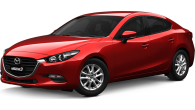
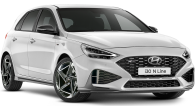
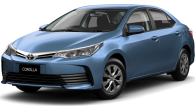
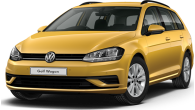
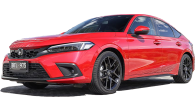







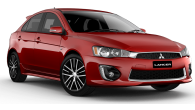

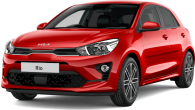


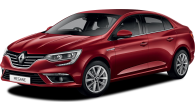
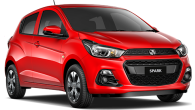
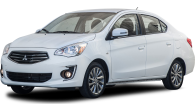






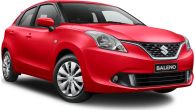





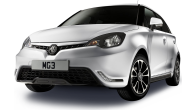

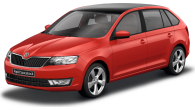




.jpg)
